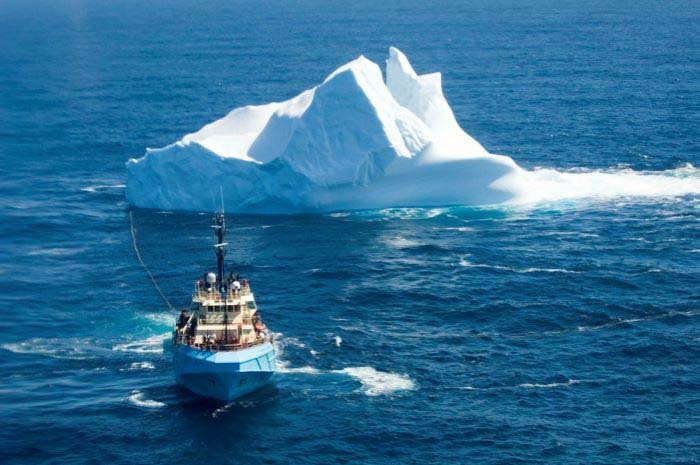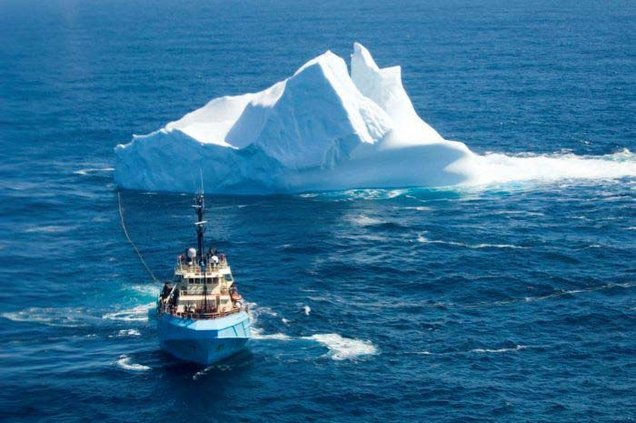The West — California, Oregon, Nevada, Colorado, Arizona, Utah, and New Mexico — is in the throes of a megadrought that climatologists said started 20 years ago.
Forests are tinder dry.
Reservoir levels are plunging.
Water for every thing from fish flows and farming to urban users is in jeopardy.
So, what are the loudest voices on social media doing?
They’re slamming the government for failing to do what they believe is the obvious.
*Build a massive pipeline to move water from the Mississippi River to the Southwest.
*Divert water — again by pipeline — from the Pacific Northwest to Southern California.
*Chip off large chunks of glaciers in Alaska and drag them down via boats to Los Angeles.
*Build more large reservoirs in the mountains.
*Stop growing food in California and import it from South America
*And the leading out-of-region advice, grow the fruits, vegetables and nuts California does in the Midwest instead where “there is water”.
Where to begin . . .
First, all of the suggestions about building massive pipelines tend to enter circulation on the Internet from Southern California.
Given sucking water from other water basins — the Sacramento River, Owens Valley and Colorado River — is their forte, they can’t help themselves.
They are much like young kids who are convinced milk comes from Safeway because they haven’t been told otherwise.
The “we-need-to-build-a-massive-pipeline” crowd are the most myopic of all.
Yes, anything can be engineered to work — at a price. There is also the question of nuances such as environmental clearance, lawsuits, and a host of things that would take 20 years without anything actually being done to move a drop of water.
Such drawbacks are usually pointed out by realists.
But what isn’t noted is the very areas that people want to siphon water from have their own water issues created by climate changes, drought, and development needs.
Then there is the little detail about the long-term environmental and economic damage that transferring water that supports both natural and manmade endeavors in one water basin to another to benefit the people importing the water.
This clearly isn’t the LA mindset. They have no qualms with devastating the Colorado River basin, Owens, Valley and now the Detta as long as they get their water.
And as proof they aren’t ignorant of environmental damage that any water use by man can create, they spike such endeavors as the Huntington Beach desalination plants in their own backyard as one mustn’t injury “their” environment so they can wash their cars and build more homes.
But causing harm to someone else’s backyard is OK because they are the center of the universe. A long as they can turn on the tap and water flows who cares about the viability of fish in the Delta or farms in Iowa.
Treating glacier and the polar ice cap as if they are a block of ice to chip away at to cool bottles of champagne in Beverly Hills’s restaurants where the appetizers start at $400 per person is insanely nutso on so many levels.
If Los Angeles is worried about rising sea levels how does accelerating it by the mass importation of bulk glacier water that Hollywood types swill at $2 a bottle after 15 minutes in a steam room make sense?
That makes marginally more sense than the clamor to build more mega-reservoirs.
If no one hadn’t notice there is insufficient snowmelt to fill them.
That is especially true in California where historic hydrology based on current uses would have left New Melones Reservoir on the Stanislaus River dry a number of times if it had been put in place 80 years earlier.
As opposed to ground recharging, large mountain reservoirs lose a lot of water to evaporation.
Because of that and what is called dead storage — water trapped behind a dam that can never flow downriver as it is below outtakes — most traditional new dam projects are dicey.
It is why Ronald Reagan was the last governor to pull the plug on a massive dam project in California. It was proposed on the Eel River and would have flooded Round Valley.
Stop growing food in California.
Brilliant.
Based on data gleaned by agricultural agencies and posted on the Cal Poly San Luis Obispo plant science website, California accounts for 46 percent of the fruit and nut production in the United States and 49 percent of the production of fresh vegetables in the nation.
The reason that is possible is the Mediterranean climate, soil and the water storage and conveyance system that California has.
There is no other place in the United States it can be replicated.
As far as importing food to replace it, large swaths of the earth that is temperate enough to grow crops are also in drought conditions including portions of the six other regions that enjoy Mediterranean climate including parts of central Chile, western cape of South Africa, southern and southwest Australia, and around the Mediterranean Basin.
None of those other Mediterranean climates even comes close to what California produces.
And yes, we export a lot of food. But if you haven’t noticed it is food people need.
When the Biden Administration recently called upon farmers that raise a crop a year on land to squeeze in a second crop it was an effort to get ahead of projected global food supply issues triggered in part by the Ukrainian war as well as climate issues.
Food insecurity is a national security issue.
There is no doubt California needs to do a better job managing its water resources.
But it is not a simple case of waving a wand. There are issues of water rights, environmental concerns as well as a health and safety considerations.
There is also the question of our short attention span — that of politicians and those of us who are always clamoring for Sacramento to tackle 1,001 issues that go way beyond basic societal needs such as water, public safety, education, and such.
It’s much easier to squawk than to act.
Any by acting, that means being more diligent in how carefully we use water.
That runs the gamut from shaving some time off of showers, following yard irrigation rules, not using water to hose down concrete areas, and combining wash loads when possible, to changing out water guzzling turf and landscaping to those much more suitable to the California climate.
It also means farmers doubling down on what they are already doing to conserve water.
If every Californian reduced water use by a gallon a day that’s the equivalent of 44,805 acre feet of water or 4.56 days of water usage a year based on an average household consumption of 80 gallons per person for the state’s nearly 40 million residents.
It might seem like a drop in the bucket but one’s perspective will change when there is only a drop left in the proverbial bucket.
California needs to do better managing the precious resource called water and it starts with taking personal responsibility.
This column is the opinion of editor, Dennis Wyatt, and does not necessarily represent the opinions of The Bulletin or 209 Multimedia. He can be reached at dwyatt@mantecabulletin.com





